- Protest Architecture: Barricades, Camps, Spatial Tactics 1830–2023
- Park Books (2024)
Bricks and barricades, treehouses and toilet pits, solar panels and superglue — this is the stuff of Protest Architecture.
The new book is part of an exhibition of the same name at the Museum of Applied Arts in Vienna, jointly produced with the Deutsches Architekturmuseum in Frankfurt, called the first international survey of the architecture of protest.
“Protest movements shape public space not only through their messages, but in many cases also through their — mostly temporary — buildings,” say the book’s authors.
Today, pro-Palestinian protests continue to unfold across university campuses. The encampments feature colourful tents, tables, makeshift gazebos, power generators, plus battles with police. They are part of a long tradition of creativity and grassroots resistance.
Protest Architecture is a scientific yet playful encyclopaedia of a book, taking readers through the A to Z of spontaneous protest structures and must-have tools for protesters. Laser pointers, anyone?
The book’s timeline spans 1830 to 2022 and covers 68 international protest movements. It covers the biggies from the French Revolution, the Troubles in Northern Ireland, the People Power Revolution in Manila, the Arab Spring to Occupy Wall Street. There is, delightfully, a detour to North Vancouver’s Maplewood Mudflats in the 1960s.
One entry is dedicated to cobblestone, an old object of protest dug out of urban streets to form barricades or to be hurled at soldiers. The act of removing cobblestones was viewed as subversive and a symbolic tearing out of society’s status quo. During the July Revolution in 1830, Paris’s cobblestones were too heavy to be chucked, and so revolutionaries dropped them out of windows alongside furniture and other household objects.
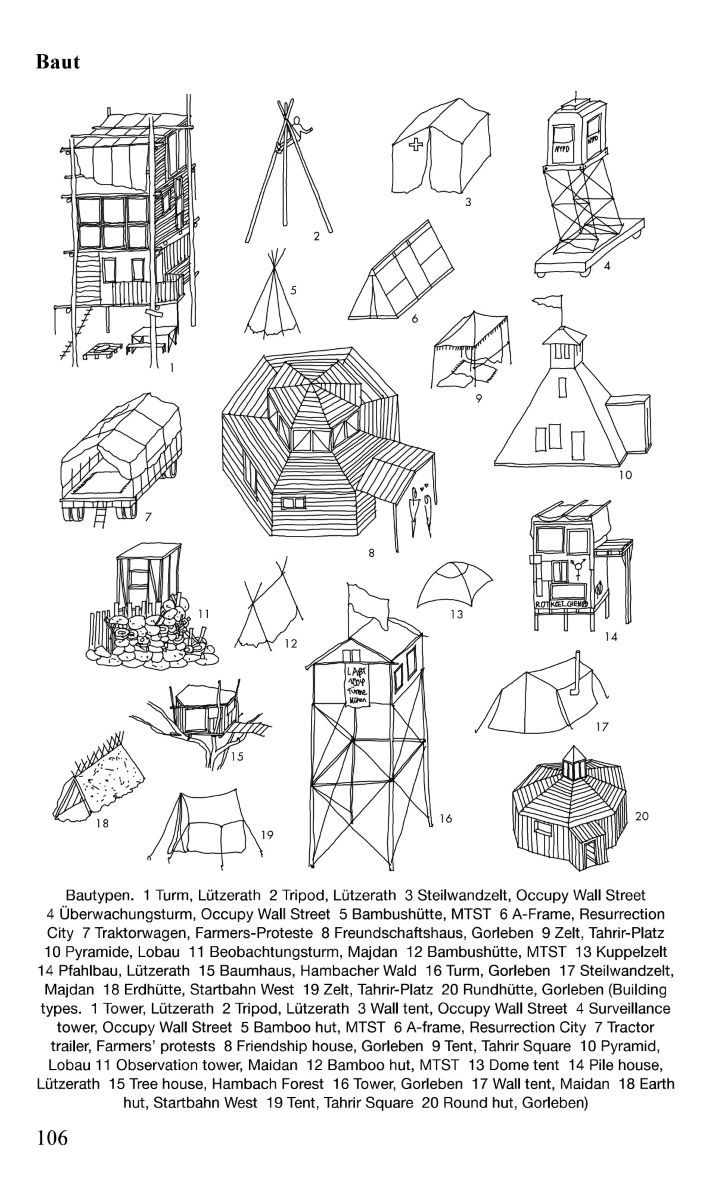
A number of entries spiral out of the Hong Kong protests of 2014 and 2019 against China’s growing influence in the territory. The boundless ingenuity of protesters meant that there were the defensive umbrellas that became a symbol of the movement, but also the use of foam kickboards and cupboard doors as shields against rubber bullets fired by police. Watchtowers were erected from bamboo and car parts.
And because many of the protesters were young students who still had to face exams, makeshift study rooms were created out of wood, with power supplied by wind towers and bike generators.
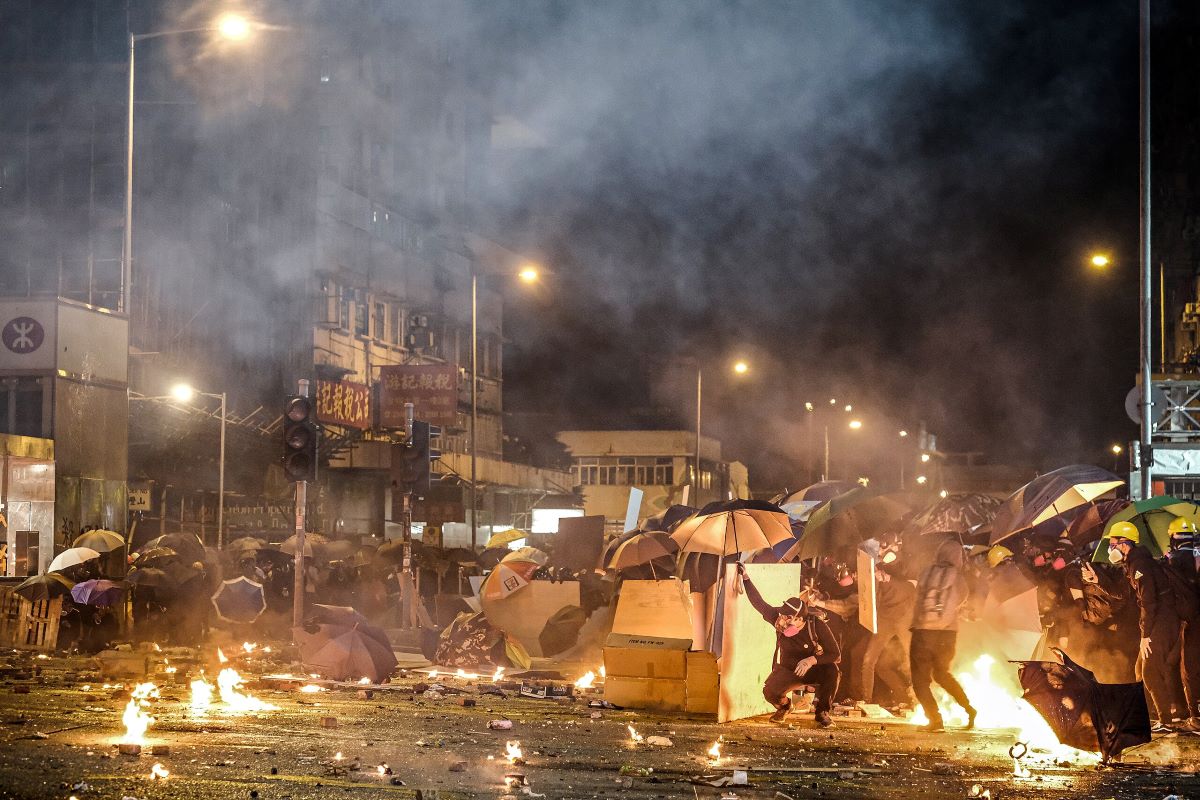
Canadian readers will be paying special attention to the entry on the 2022 protests against pandemic mandates in Ottawa, the so-called “Freedom Convoy.”
Trucks, say the authors, are the “perfect protest machine.” They are mobile and can transport supplies and heavy equipment. They are also immovable and can serve as barricades. They are designed for drivers to spend extended periods of time inside. And as a big plus, they are noisy.
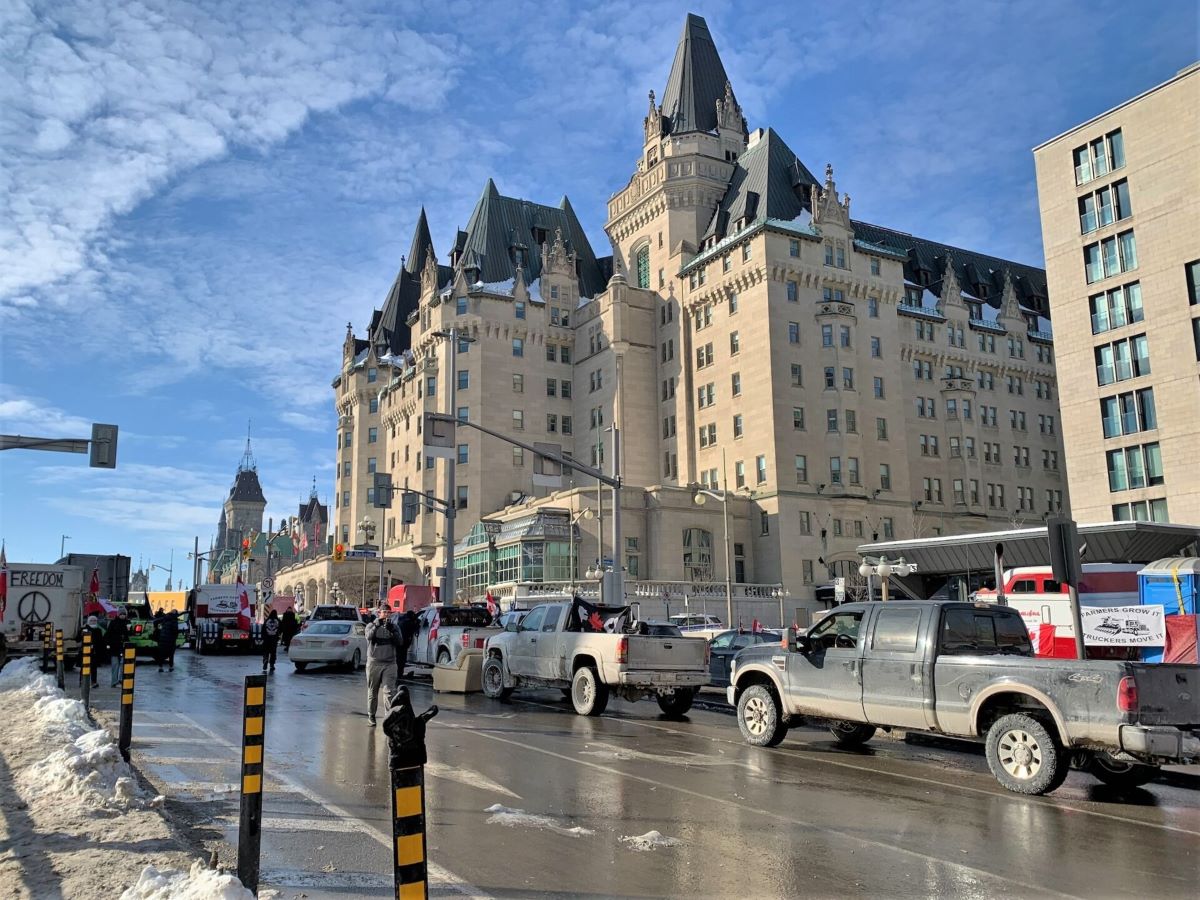
Not long before the convoy, Indian farmers were using trucks and tractors in their protests too, converted into “trolley towns” of mini homes for long stays. They fitted their trucks with everything from quilts, polyethylene tarps to wooden ladders, and protesters were well-stocked with charging cables, coolers and fuel for cooking.
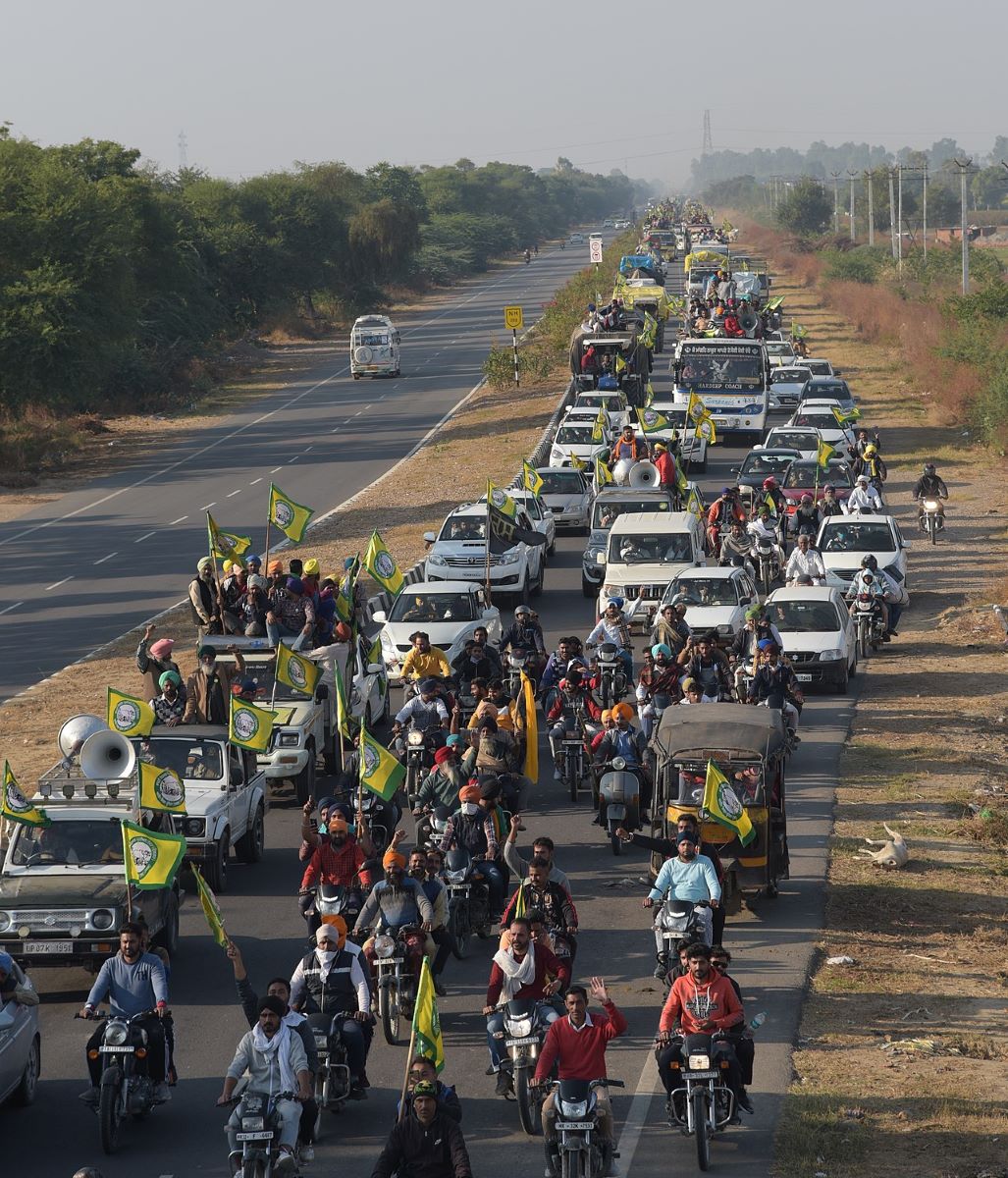
Even further before that, wagons and carriages were used in the same way during the revolutions of 1848 against the monarchies of Europe.
This is how protest architecture is created, say the authors: “When protest movements extend into public space and take root there, when they blockade, defend and seize these spaces.”
Whether people are taking to the streets against authoritarianism or capitalism, war or police violence, the book offers a fascinating look at the building blocks of protests that push for change. ![]()
Read more: Books, Rights + Justice, Urban Planning




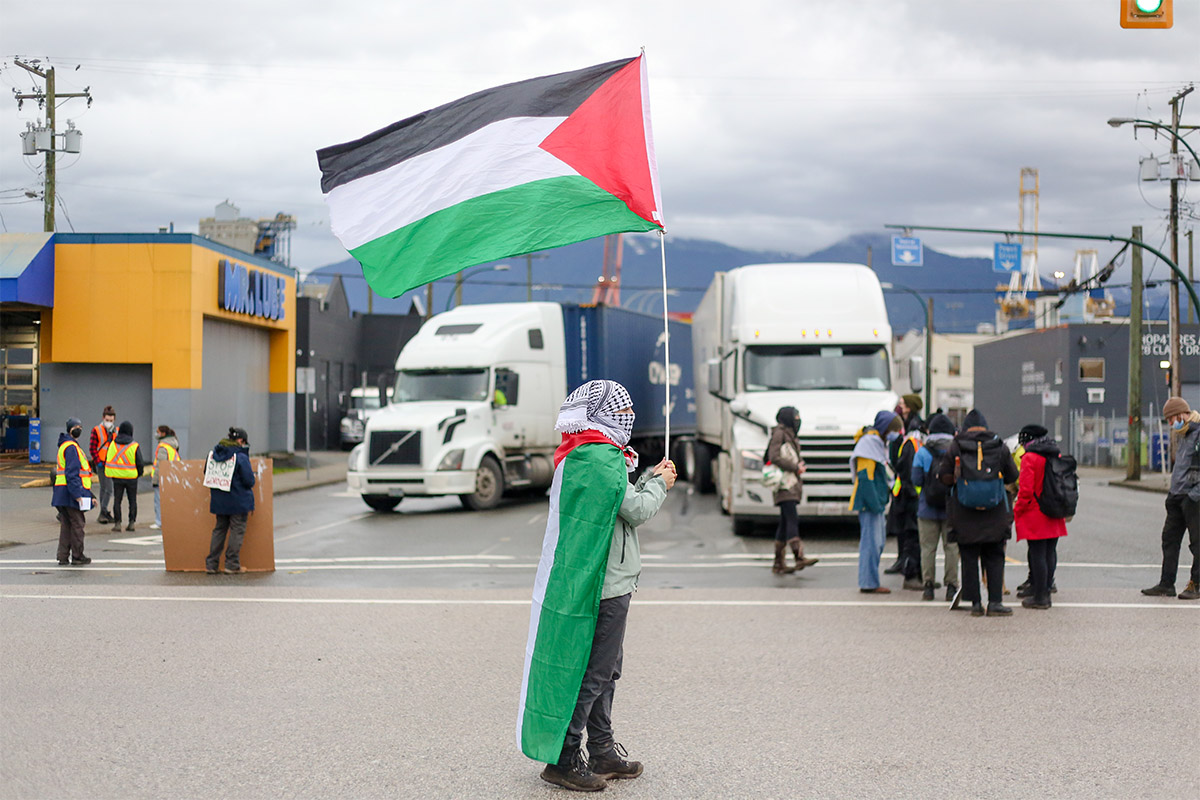



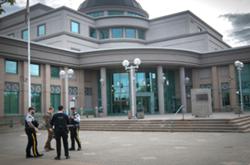




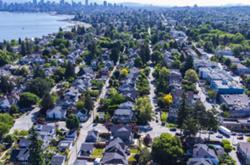


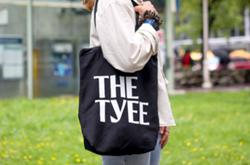
Tyee Commenting Guidelines
Comments that violate guidelines risk being deleted, and violations may result in a temporary or permanent user ban. Maintain the spirit of good conversation to stay in the discussion and be patient with moderators. Comments are reviewed regularly but not in real time.
Do:
Do not: